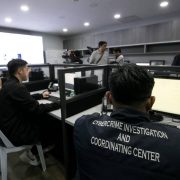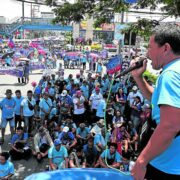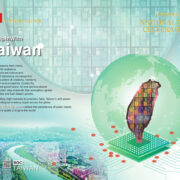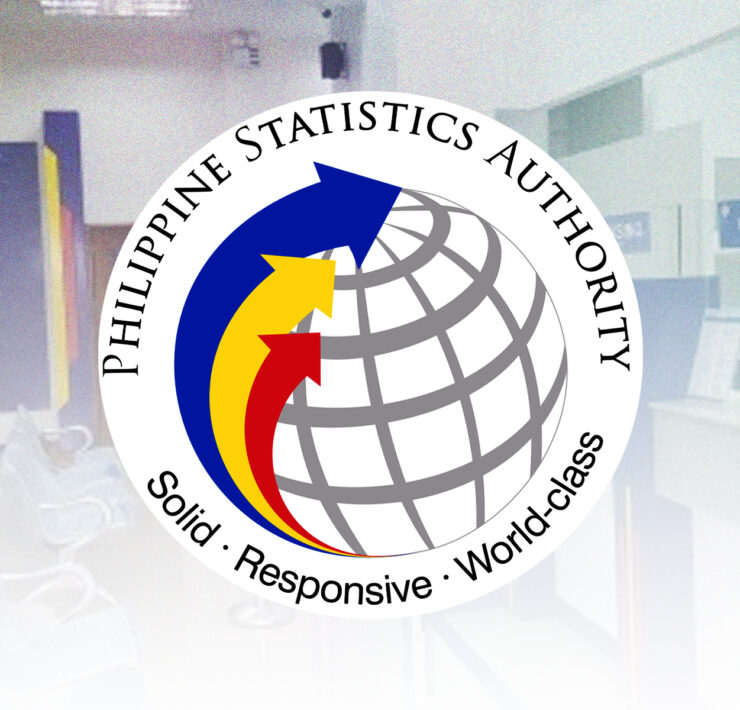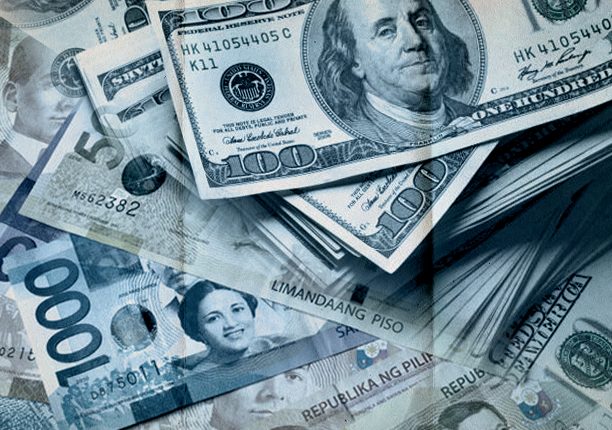For investors, Boracay no longer the top beach destination
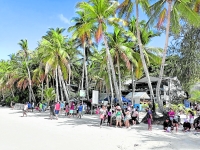
Astute hotel owners are training their sights on three Philippine beach destinations now that Boracay has become less interesting to “higher spending” foreign guests.
In its Philippine Hotel Investment Outlook Survey, real estate brokerage firm Leechiu Property Consultants noticed a “progressive shift” in investor interest toward Panglao Island in Bohol, El Nido in Palawan and Siargao Island in Surigao del Norte.
“These are increasingly identified as key growth hotspots, offering compelling investment opportunities due to their untapped potential and rising popularity among tourists,” said Alfred Lay, Leechiu director for hotels, tourism and leisure.
Lay said the emerging popularity of Bohol has lured “higher spending” guests away from Boracay, which has “turned heavily toward the domestic market and moved away from the foreign market.”
While Boracay remained the top destination in terms of arrivals, it only ranked sixth on the list with 29 percent of hotel owners preferring to invest there.
Bohol emerged as the province with the highest investment interest, with 41 percent of respondents saying they wanted to put up hotels in the province.

Respondents in Leechiu’s survey represent over 10,000 hotel room keys in the hospitality industry, “spanning properties across every major city and market segment in the Philippines.”
Leechiu said this was due to Panglao Island’s proximity to the new airport, as well as Bohol’s Unesco Global Geopark status, which meant it had geological heritage of international significance.
Currently, Bohol hotel developments in the pipeline represent 1,798 room keys, the company said.
Bohol also beat the country’s main gateway, Metro Manila, which placed second with 39 percent interest. Cebu City, a major business district and Visayas’ central hub, was third alongside Siargao with 36 percent.
In terms of the number of room keys, or the number of units available for guests, Metro Manila has more than 10,000 in the pipeline. Cebu, on the other hand, has 1,208 keys under development.
El Nido, with its pristine beaches, came in fourth (34 percent) and Mactan, with its strategic location in Cebu, came in at fifth (30 percent).
As for El Nido and Siargao, Lay said investors were looking forward to the improvement of various infrastructure, including airports.
“As the accessibility improves across the country, we will see guests moving to many different locations in the Philippines,” Lay told reporters on the sidelines of Leechiu’s property market briefing last week.
“Once we establish better airports in Siargao and El Nido, you’ll see a lot of Koreans, or a lot of our source markets, moving to different destinations, not just Boracay,” he added.
After the peak of the global health crisis, Koreans began to overtake the Americans in terms of tourist arrivals in the Philippines, data from the Department of Tourism showed.
As of July, tourists coming from South Korea made up 26.17 percent—or 792,482 of the total 2.81 million foreign tourist arrivals this year.
This represents a 17.12-percent growth from the same period last year.
The travel boom also led to the signing of a memorandum of agreement between the Philippines and South Korea to increase the weekly flight capacity for the Manila-Incheon route to 30,000 from 20,000 at present. —WITH REPORTS FROM ERICA ANN C. VILLASORDA





